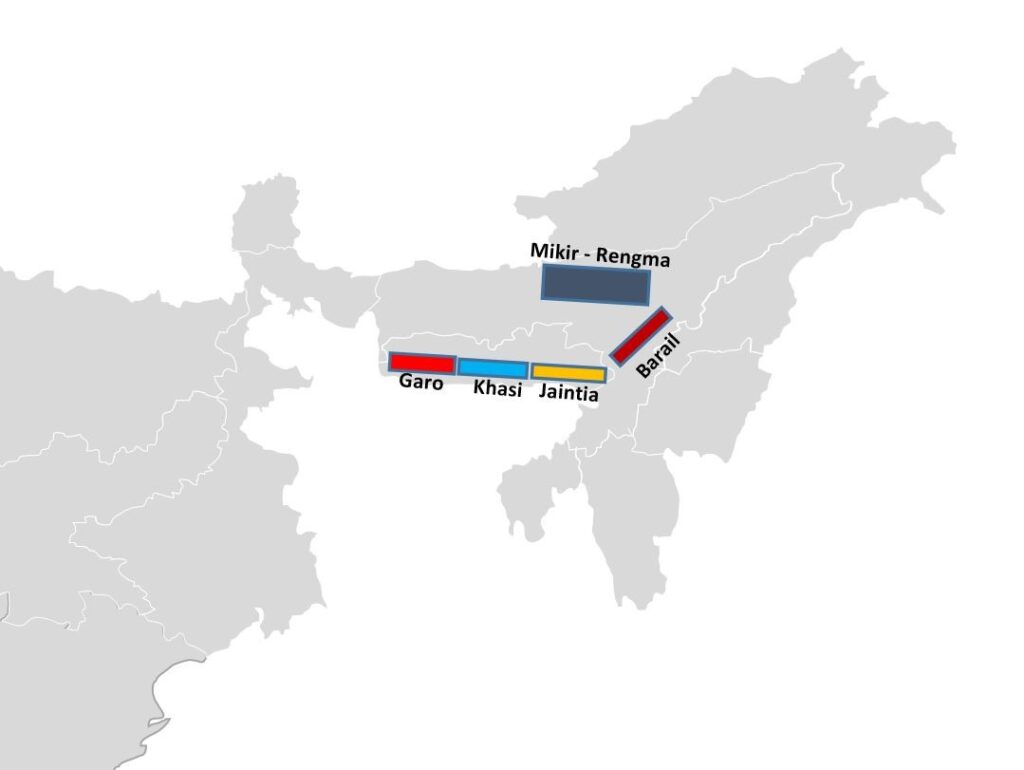Last Updated: May 2023 (Concept of Accountability (UPSC Notes))
Table of Contents
Concept of Accountability (UPSC Notes)
This article deals with the topic titled ‘ Concept of Accountability (UPSC Notes) .’ This is part of our series on ‘Ethics’. For more articles, you can click here.
What is Accountability?

- Accountability has three aspects
- Answerability of the officials for their decisions and actions
- Enforceability of rules and laws to punish the officials if they fail to effectively discharge their duty
- Grievance redressal mechanism for the ordinary people who suffer due to the absence of accountability.
- Accountability is required in the case of Public Servants because they have a lot of discretion.
Benefits of Accountability
- Checks Abuse of power: It prevents the public services from turning into tyrants as they are held answerable for their deeds and misdeeds.
- Checks corruption and fraud
- Lack of accountability decreases the legitimacy of the government
- Makes the system more responsive: Owing accountability for their actions motivates public servants to discharge their duty with honesty, integrity and efficiency.
- Stops arbitrary and unauthorized exercise of authority
- Ensures better service delivery
Points against Accountability
- Officers spend their time maintaining records or answering RTIs.
- It makes them status-quoist in their conduct in fear of public scrutiny.
Accountability vs. Responsibility
Quite often, Accountability is misunderstood as Responsibility.
- Responsibility is an inner concept like your responsibility to do some work.
- Accountability is an outer concept like your accountability for some work you have done.
Types of Accountability
There can be two types of Accountability in Governance
#1 Vertical Accountability
Accountability of the government to persons outside the government is ensured by
- Elections
- RTI
- Media & Social Media
- Citizens Charter
- NGO & Pressure Groups
#2 Horizontal Accountability
Accountability of Public Institutions/ Servants to the Government
It can be further of two types
| External | Accountability of Public Servants outside his wing 1. Accountability of Minister (Executive) to Parliament (Legislature) 2. Judiciary 3. CAG 4. CVC 5. NHRC |
| Internal | Accountability of Public Servant inside his wing/department 1. Accountability to Superiors 2. Internal Audit 3. Grievance Redressal Mechanisms |
Whenever we have to answer how to increase Accountability, we must cover all these angles.
Steps to make Accountability more effective in India
- Strengthening RTI Act
- Protection of Whistleblowers through legislation.
- Strong Lokpal Act
- Social Audits by local communities and NGOs can enhance accountability in public service delivery, for instance, in MGNREGA.
- Using Information and Technology: Like maintaining digital records to increase transparency
- Citizen’s initiative: e.g. Mazdoor Kisan Shakti Sangathan (MKSS) (MKSS, founded in 1990 in Rajasthan, is a social organization working towards increasing accountability in India. MKSS began demanding access to government records in 1994, which led to the creation of the RTI Act in 2005.)
- Promoting competition and discouraging monopolistic attitudes among public service sectors.
- Need to lay down a statutory Code of Ethics for Civil Services (British Civil Services Code can act as a model.)
Side Topic: Various Examples of Social Accountability
| Participatory budgeting | In Participatory Budgeting, the citizens directly participate in budget (especially at the local government) formulation and monitoring the execution. | Gujarat (Local Governance) |
| Participatory Planning | Beneficiaries of government programs are involved in the planning and design of program components to determine local problems, priorities and solutions. | Kerala, Brazil and Bangladesh |
| Citizen Report Card | Participatory surveys that provide quantitative feedback to service providers on the satisfaction levels amongst citizens on the quality of public services | Bangalore, Maharashtra (Ukraine and Philippines) |
| Social Audit | Process whereby a government program is audited with the active participation of the program’s intended beneficiaries. |
Success Stories
- People’s Campaign for Decentralized Planning in Kerala: Its success has been attributed to significant financial and functional devolution and the institutional incentives for participation which led to increased representation of hitherto marginalized voices like SCs, STs and women.
- Mazdoor Kisan Shakti Sangathan (MKSS) – a Rajasthan-based grassroots organization, employed ‘social audits’ which break the state’s monopoly over official oversight and legitimize citizen inclusion into hitherto exclusive affairs of the state
Various Challenges to Accountability in India
- Special Expertise: Public administrators are experts in their specific areas. Hence, it is difficult for outside agencies to surpass them in their areas of specialization & question them.
- Massive Expansion of Bureaucracy: It is difficult for the political executive to effectively control the bureaucracy due to the massive expansion of bureaucracy.
- Lack of Coordination: The number of agencies has also increased – for example, CBI, CVC, Lokayuktas, SVC etc. without effective coordination. Due to their overlapping jurisdiction and lack of coordination, they cannot hold the public servants accountable.
- Excessive Constitutional Security offered to Public Servants: Article 311 of the Indian Constitution makes it almost impossible to remove a civil servant.
- Employees’ Unions: The tendency of employees’ unions to resist managerial action against their members even when they have blatantly violated ethical norms reduces the accountability of employees.
- Disruption by powerful vested interests: Threats and coercion can make communities hesitant to participate directly and speak up in Social Accountability initiatives.




























































